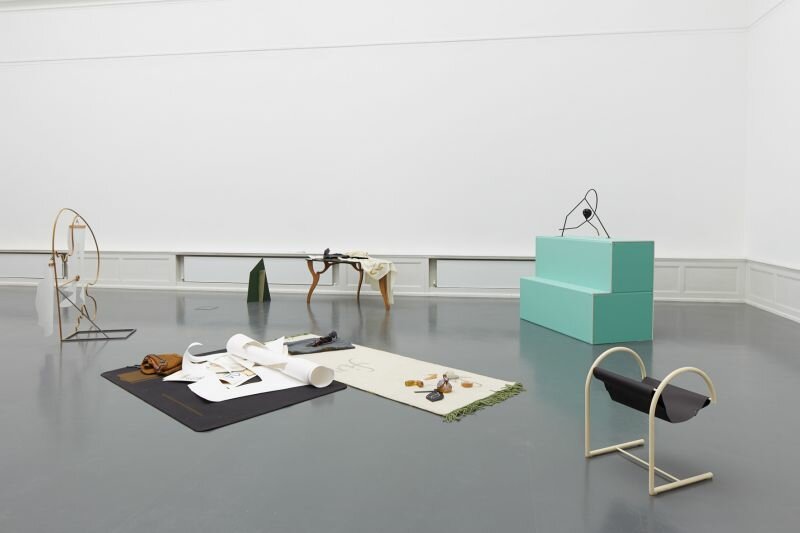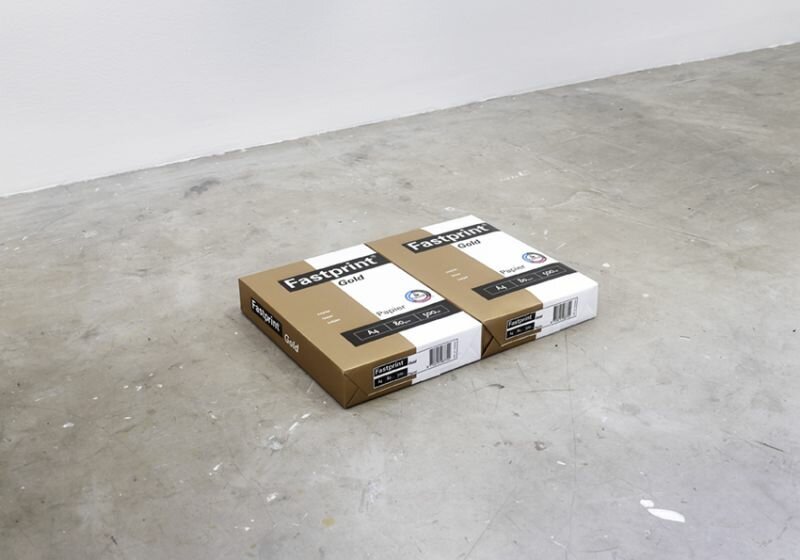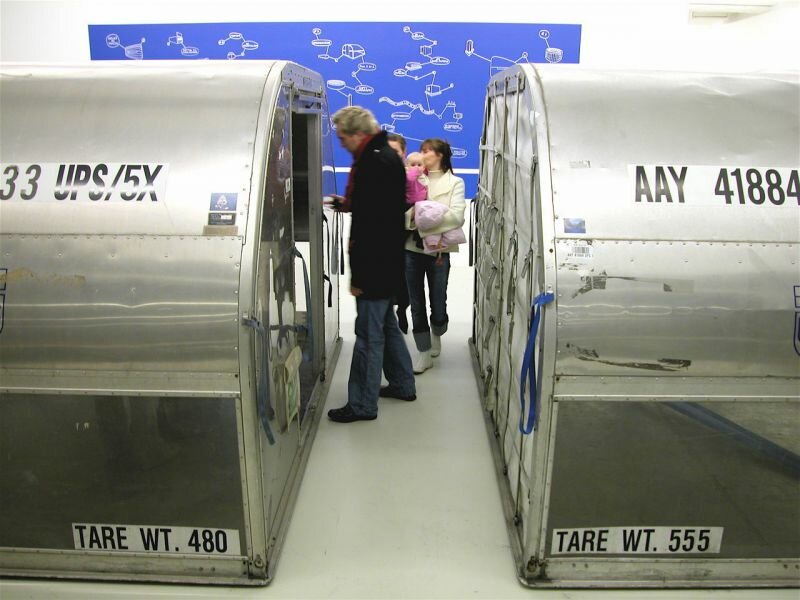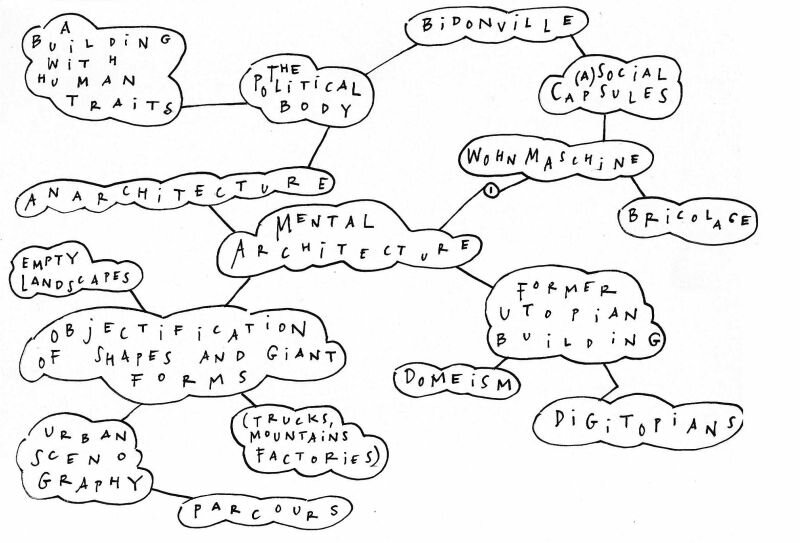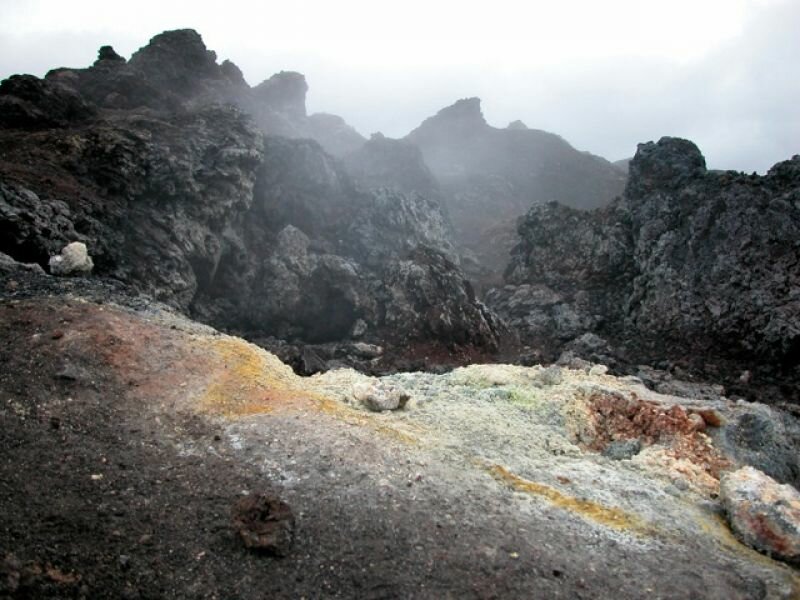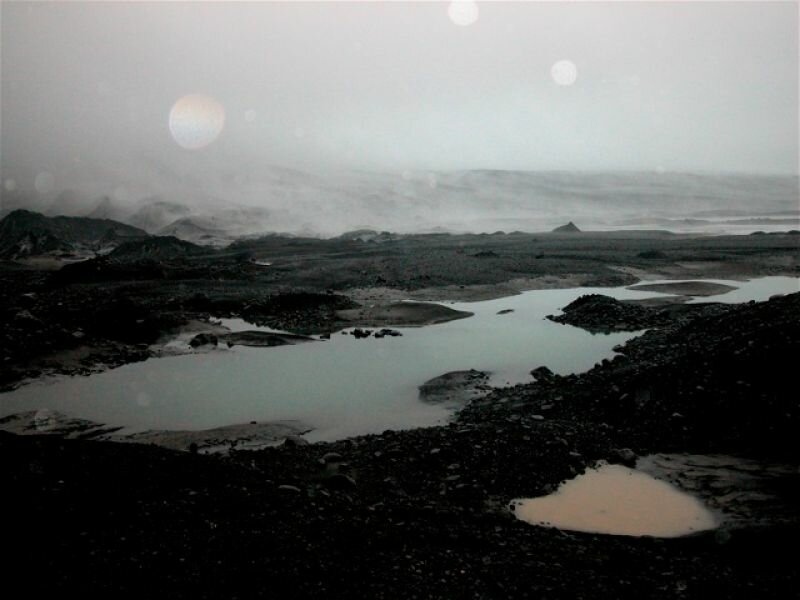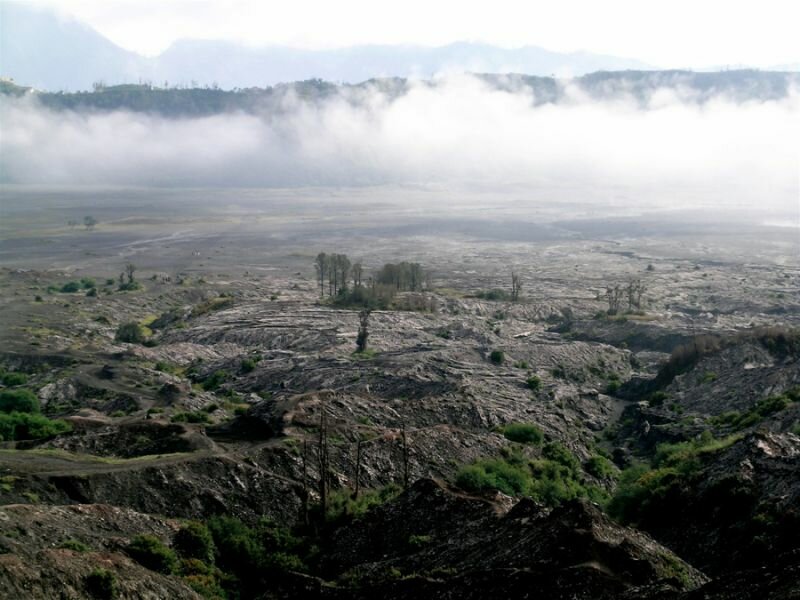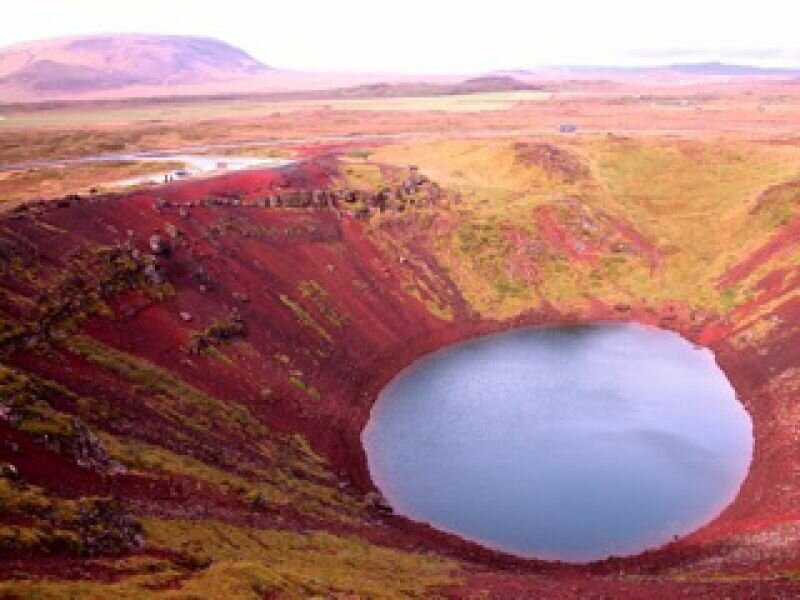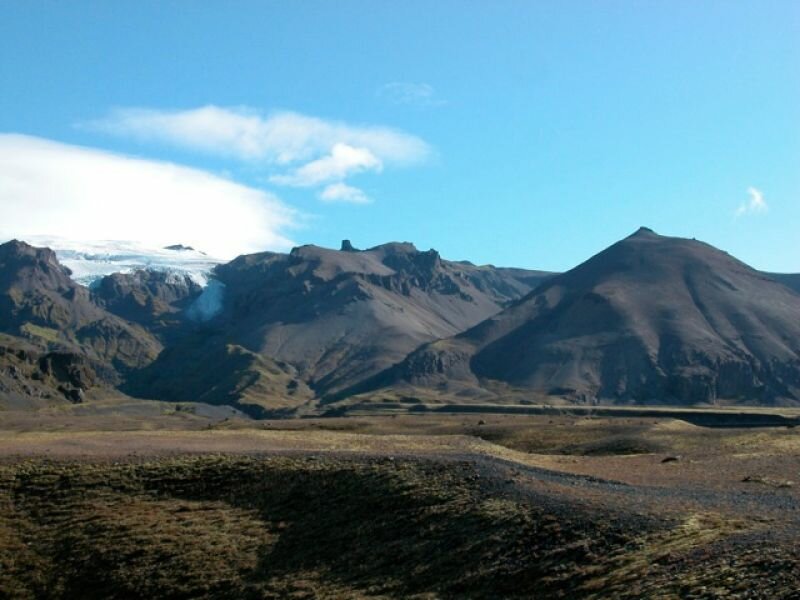Ladies and gentlemen,
I’d like to say something about the Volcano. The ultimate authorities of the Earth. Tsunami machines. Monstrous pustules of Techtonics. An elegy of worship, humility, devotion, and awe. A puny man, swallowed by a radical landscape.
I apologise, but I have no answer to these gas and fire spewing, regurgitating mountains strewn over the globe with seemingly no other purpose other than to remind us that our planet is a smouldering ball of magma, and that we are just little temporary inhabitants... and not much more than that.
A nonsensical, softly glowing dot in a universe filled with searing, cold, and raging heavenly bodies. Just as we have no answer for death, this rant will be devoid of critique, flattery, rhetoric, or debate.
We cannot own the volcano, cannot control it, expunge, there is no coaxing it, no, we cannot even theorize it...
No, this is not a declaration of love to the volcano, but one of a lover that would not, by God, know what to do if the object of his desire was his.
The perfect conical summits on the island of Hokkaido in North Japan, Iceland’s glacier covered sleepers, Java’s sulphur spewing, the ice lake of Puy de Dome, Singu’s flanks in Myanmar.
And the hundreds of hills on the Korean island in the Chinese sea...
One of the series is a bit longer and follows the sulphur mine worker, Mohammed, who I accompanied for two days on the Ijen Vulcano in East Java. Twice a day, Mohammed makes the lengthy journey to the rim of the volcano where he lowers himself into its putrid interior, where liquid sulphur and gas are emanated in great quantities. The sulphur solidifies almost immediately and Mohammed carries the 80 kilos on his back out of the volcano and makes his descent, all for a meagre starvation wage. This is the most beautiful and likewise most gruesome tableau I have ever seen.
I combined the photos as an essay in which the black of the lava and the intense yellow of the sulphur are combined in a musing on these colours, but also about the significance of these materials. The display refers to the economic and social factors, and yet it is also presented as a depiction—a scene from a film. It became an exercise in ruminating on the hopelessness of the injustice in the world, that at the same time portrays perception as an intense experience. And an experience always proves itself more potent than an image.
‘We were mesmerised by the volcano’s jaw, yes, a mouth, and a tongue of lava,’ Susan Sontag wrote in her novel, ‘The Volcano Lover’. ‘A body. A monstrous living body, masculine and feminine at once. It thrusts, it ejaculates. But it is also an interior, an abyss. A living thing that can likewise die. An inert being, occasionally in movement, existing only in intervals. An ever-present threat. If predictable, still never predicted. Capricious, untameable, malodorous’.
Is this what one refers to as the primitive?
Nevado del Ruiz, Mount Saint Hellens, La Soufriere, Mont Peleé, Krakatao, Tambora, Katla, Newer Shield
Poignant names for eternally slumbering giants that might awaken at any give movement. A thundering giant whose attentions will turn to you. King Kong and Godzilla in one. Spewing, destroying all, only to fall back into sleep.
Religion and ideology often assume that there is a significant meaning to the universe, humanity, and history. The arts and philosophy have been questioning these assumption for ages. Many centuries ago, even Shakespeare said that ‘Life is a tale told by an idiot, full of sound and fury, signifying nothing’.
Albert Camus, too, deemed human existence ultimately futile, and thus, absurd. But it was precisely in that acceptance that man’s ability and freedom lay to give his own meaning to life. In other words, futility is the primal source of human creativity, the art of living, and art.
Hoewever, it’s also the source that clings itself excessively to art and threatens, time and time again, to swallow her whole, as Mr. Ormeling once suggested. Perhaps this is why many people feel a strong aversion to art: it reminds them too much of the futility of life.
Mountains and volcanoes can have the same effect. People fear their massive, purposeless presence; they stir within every fibre of our being the realisation of our complete meaninglessness.
I enjoy immersing myself in this feeling. Perhaps I’m somewhat megolomanic, not without audacity or ostentation. I should probably put this into perspective. I’ve been presented here as Volcano Hunter, as though I travel the pyroclastic ash clouds carrying a leaden bag, but I have to disappoint you: I’m merely a tourist who enjoys visiting non-touristic destinations.
Seven centimetres of volcanic ash is enough to collapse the roof of a building. And I’m not talking about Chinese Tofu architecture, but about a solidly built North American home.
The English philosopher Francis Bacon once described the goal of man and progress as attaining ‘complete mastery over nature’. Not by revealing the laws of nature, but by seducing her to a creative collaboration of sorts.
The forces of natures usually have the last word, like in the above mentioned example. One in ten people on this planet live in the direct vicinity of an active volcano... these areas, are after all, extremely fertile.
Even though were are the initiators of art, it becomes ever more clear that nature is the true creator. Whatever the human undertakes, each art work, each action, begins and ends with nature. Natura Artis Magistra.
The Ancient Greek philosopher Empedocles threw himself into the Etna to prove his spiritual divinity. Dissolved into the Nothing. His followers did, however, find his sandal which the fickle and uncooperative mountain had regurgitated; and they knew what this sly fox had wanted to do; to disappear for eternity.
Horatius told the disappointed students that poets have the right to destroy themselves.
When I’m 92, I’d like to do the same. Although, I might no longer be physically capable, so I might just call on you when the time comes.
Many thanks in advance, and I’ll see you on the flanks of the Etna!
(We listen to some pleasant volcanic energy, I’m going to the mountain with The Fire Spirit, a song by the Gun Club, performed by 16 Horsepower...)
Antwerp, May 2013-09-06
(Text spoken during an evening on the power of nature in Artis’s library in Amsterdam. Commissioned by Lost & Found)


